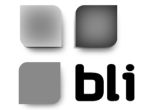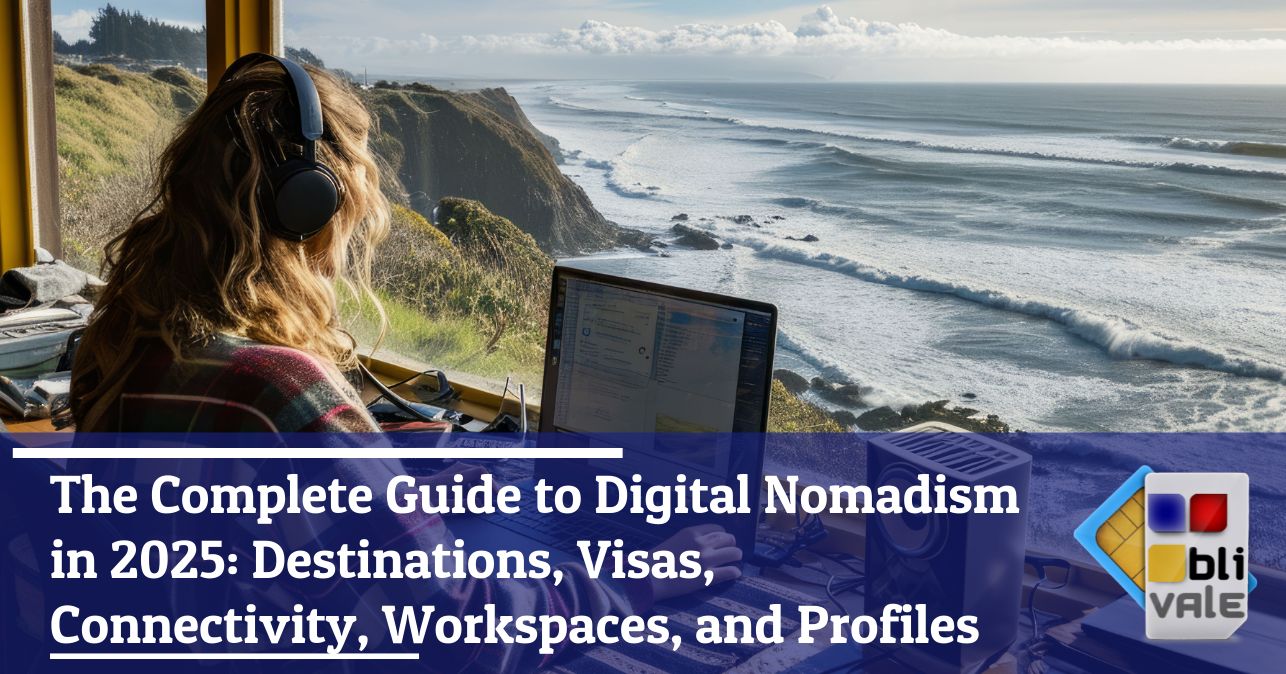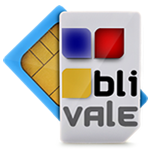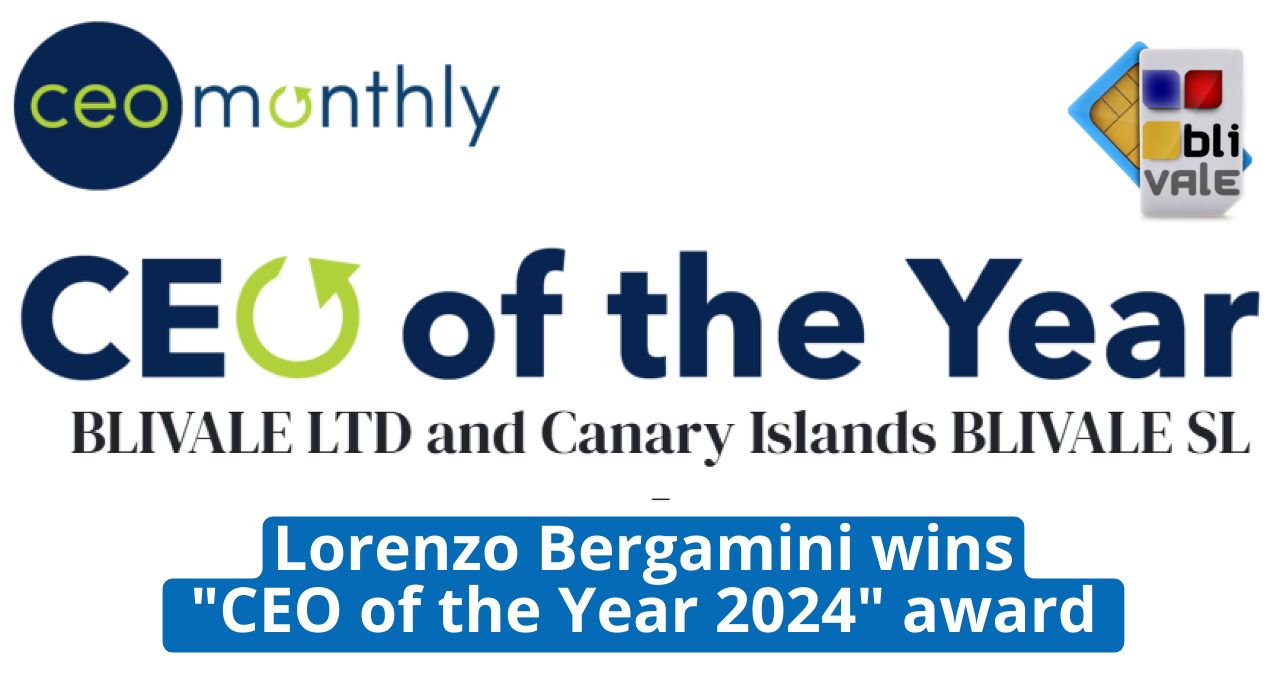By 2025, digital nomadism is a consolidated reality, allowing millions of people to free themselves from geographical confines and live by traveling. Imagine being able to open your own "office" anywhere: from a café in Lisbon to a beach in Thailand to a coworking space in Barcelona. This revolutionary lifestyle is embraced by freelancers, digital entrepreneurs, and remote workers who want to combine career, passion, and personal growth in a unique and inspiring experience. This guide will provide you with everything you need to organize yourself, discover the best destinations, manage visas, stay connected, and live peacefully as a digital nomad.
Who are digital nomads? Profiles and differences
Digital nomads are agile workers, often freelancers, entrepreneurs, or employees who have chosen a highly mobile lifestyle, collaborating online and frequently moving between cities. Their average age is 30-40, with an average gross income of €4,000 per month. The key comparison is with:
Top destinations: where to work and live in 2025
The preferred destinations are Spain, Portugal, Croatia, Hungary, and Estonia, chosen for their climate, affordable costs, digital infrastructure, and welcoming communities. Outside Europe, Dubai, Malta, Thailand, and Mexico welcome nomads with high standards and a desire for exotic locations.
Costs, Internet, and Coworking: The Foundation for Success
Here are detailed profiles of the most recommended cities for digital nomads in 2025, with information on the average cost of living and the best coworking spaces:
These factsheets help you quickly understand which city best suits your needs, combining cost of living, internet speed, and the quality of coworking spaces recognized in 2025. Each destination offers unique characteristics that make it attractive to different types of digital nomads.
Realistic considerations
Croatia is among the countries with the lowest cost of living for digital nomads, with good internet and very favorable tax conditions, ideal for medium to long stays.
Portugal and Spain offer a balanced mix of quality of life, good internet connections, and established nomad communities, with slightly higher but still affordable costs compared to Western Europe.
Hungary has a higher cost of living, but with very fast internet and good renewable visa opportunities, it's ideal for those seeking urban experiences with efficient infrastructure.
Estonia is attractive for its digital visa and excellent connectivity, with living costs similar to those of Western countries, but without taxes for nomads in the first few months.
Internet costs, especially in these European countries, vary but generally offer excellent fiber optic speeds (between 100 and 150 Mbps), essential for stable remote working. A fixed internet plan costs between €20 and €40 per month. Digital nomads often benefit from mobile data plans or portable hotspots, with costs varying depending on the country and operator.
In short, the choice among these countries depends on the desired balance between cost of living, comfort, and length of stay possible with a nomad visa. Croatia and Portugal are the most affordable and realistic, while Hungary and Estonia are excellent alternatives for infrastructure and visas, although more expensive.
Digital Nomad Visas: Legal Freedom
Additional notes
The minimum income test varies between countries but is generally between 2,000 and 3,500 euros per month.
All visas require valid health insurance in the host country.
Most of them only allow you to work for foreign companies and not on the local market.
Some countries allow visa renewals or changes to extend your stay without leaving the country.
This table helps you choose the best destination based on your personal requirements for a legal and hassle-free digital nomad experience.
If you are thinking of taking a trip alone or with friends or for work, do not forget the importance of staying connected wherever you are. For unlimited Internet connection, contact BLIVALE where you can get unlimited Internet according to the destinations:
For unlimited plans like data BLIVALE guarantees free roaming anywhere in the world, no additional or hidden costs. Don't let the lack of connection stop you; get ready to explore the world with freedom and spontaneity.
eSIM data plans and portable hotspot
To choose an international data plan with optimal coverage and costs, digital nomads mainly consider the following aspects:
Coverage
Choose a data plan that offers coverage in a large number of countries (over 100-200 countries for the best eSIMs).
Make sure your coverage includes the main destinations of your travel or remote work.
Choose plans with access to 4G and 5G networks to ensure speed and stability.
Flexibility and durability
Choose plans with different duration options and data cuts, from a few days to 1 year.
Choose plans that allow quick and easy top-ups via the app, without the need to change your physical SIM.
Consider plans that allow for regional or global combinations to accommodate varying itineraries.
Data quantity and management
Carefully estimate your monthly data usage, including video calls, streaming, uploading, and work activities.
Choose plans with large or unlimited data limits if you expect high usage.
Check whether your provider applies speed limits or throttling based on usage.
Cost
Compare prices based on GB offered and validity, evaluating quality/price ratios.
Also consider hidden costs such as activation fees or extra costs for 5G use.
Consider any offers or discounted packages when purchasing annual or long-term plans.
Practical advice
To optimize costs and coverage, it's helpful to have an eSIM-first strategy with a local or alternative SIM as a backup, as well as a reliable portable hotspot. Always check real reviews from other digital nomads and evaluate first-hand experiences with providers and plans before choosing.
In short, choosing the best international data plan is based on a good balance between wide coverage, flexible plans, high data volume, and affordable costs, favoring providers with a consolidated reputation in the digital nomad world.
Digital nomads address the problem of unreliable internet connections offered by cafes, hotels, and other public spaces primarily by using personal portable mobile hotspot routers and dedicated eSIM data plans.
Used connection solutions
Portable mobile hotspots (pocket WiFi routers): Small, portable devices that connect to 4G or 5G networks and create their own reliable personal WiFi network. These devices allow you to connect multiple devices (laptops, smartphones, tablets) simultaneously with a stable, fast connection from anywhere in over 100 countries.
eSIM data plans with hotspot: Digital nomad eSIMs offer international data plans with access to the best local 4G/5G networks, allowing you to share your connection via a personal hotspot from your phone or dedicated hotspot device.
Advanced mobile WiFi routers with built-in batteries: like the Netgear Nighthawk M6 Pro 5G or the Simo Solis Lite, they combine high speed, battery life, multiple connectivity for up to 10-32 devices, and work in a wide variety of countries while maintaining a stable connection.
Why these solutions?
They offer a personal and reliable connection independent of public WiFi in bars or hotels.
They allow you to work anywhere, without interruptions or data security issues.
They allow you to manage your data consumption and choose the best provider in your area.
They are essential for video calls, uploading/downloading large files, and always productive remote working.
In practice, even if bars and hotels can be used for work, the connection is guaranteed by personal hotspot/tethering devices with eSIM or local SIM cards and portable routers to ensure stable and secure internet wherever you go.
Essential Organizational Checklist
Here's a handy checklist to help you prepare for a smooth and effective digital nomad move:
This checklist helps you prepare in advance, minimizing risks and ensuring an efficient and peaceful work and life experience as a digital nomad.
Practical tips for making the most of digital nomadism
Plan your destinations and visas carefully.
Ensure stable connectivity with eSIM and hotspot.
Alternate workspaces for productivity and a fresh mindset.
Protect your data and privacy with the right tools.
Manage your budget consciously.
Actively participate in communities and networking.
Stay flexible and ready to adapt.
Take care of your health and well-being with breaks and insurance.
Carefully organize logistics and documents.
Immerse yourself in the culture for authentic experiences.
Dynamic mobility: campers and frequent travel
Going further with campers or temporary hotels to explore more places and adapt to climates or opportunities: flexibility is at the heart of nomadic travel and work.
Digital security: top priority
Always connect to a VPN, make regular backups, use a password manager and 2FA, and avoid unsecured public Wi-Fi to protect your data and privacy.
Conclusion
Digital nomadism in 2025 is a real opportunity for those who want to combine work, freedom, and growth. With preparation, the right tools, and the right mindset, you can turn the world into your "office" and enjoy enriching experiences wherever you are.









